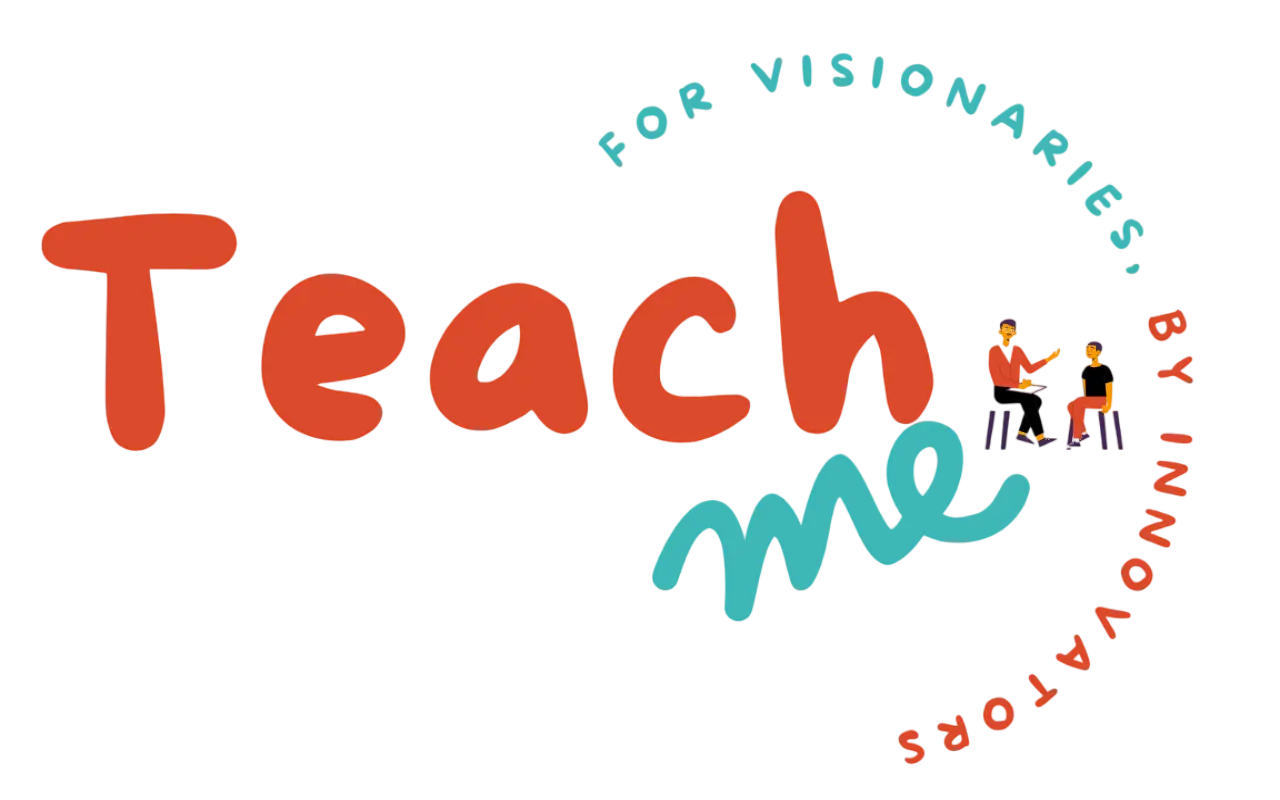[vc_row][vc_column][vc_column_text]PHP stands for is “Hypertext Pre-processor”. An alternative explanation is that the initials come from the earliest version of the program, which was called Personal Home Page Tools. At least you get the letters “PHP” in the right order!
PHP is so popular that if you’re looking for a career in the web design/web development industry then you just have to know it!
PHP is a open source general-purpose server-side scripting language that is especially used for web development and also it can be embedded into HTML.
PHP is the most popular server side scripting language on the web. It is used to develope the web pages. Using PHP we can do things like login page with create username and password, check details from a form, create forums, Media galleries, online surveys forms, and many more. If you’ve come across a web page that ends in PHP.
PHP is known as a server-sided language. That’s the reason PHP does not get executed on your computer, but on the system you requested the page from. The results are displayed in your browser. Other scripting languages you may have heard of are ASP, Python and Perl.
PHP can support on all major operating systems, including Linux, Unix , Microsoft Windows, Mac OS X, RISC OS, and others. PHP also has support for most of the web servers today. This includes Apache, IIS, and many others.
PHP support for a wide range of databases. Writing a database-enabled web page is incredibly simple using one of the database specific extensions (e.g., for mysql), or using an abstraction layer like PDO, or connect to any database supporting the Open Database Connection standard via the ODBC extension.
Example:
<!DOCTYPE HTML>
<html>
<head>
<title>Example</title>
</head>
<body>
<?php
echo "Welcome to teachme";
?>
</body>
</html>The PHP code is enclosed to start and end processing instructions <?php and ?> that allow you to jump into and out of “PHP mode.”[/vc_column_text][/vc_column][/vc_row]

